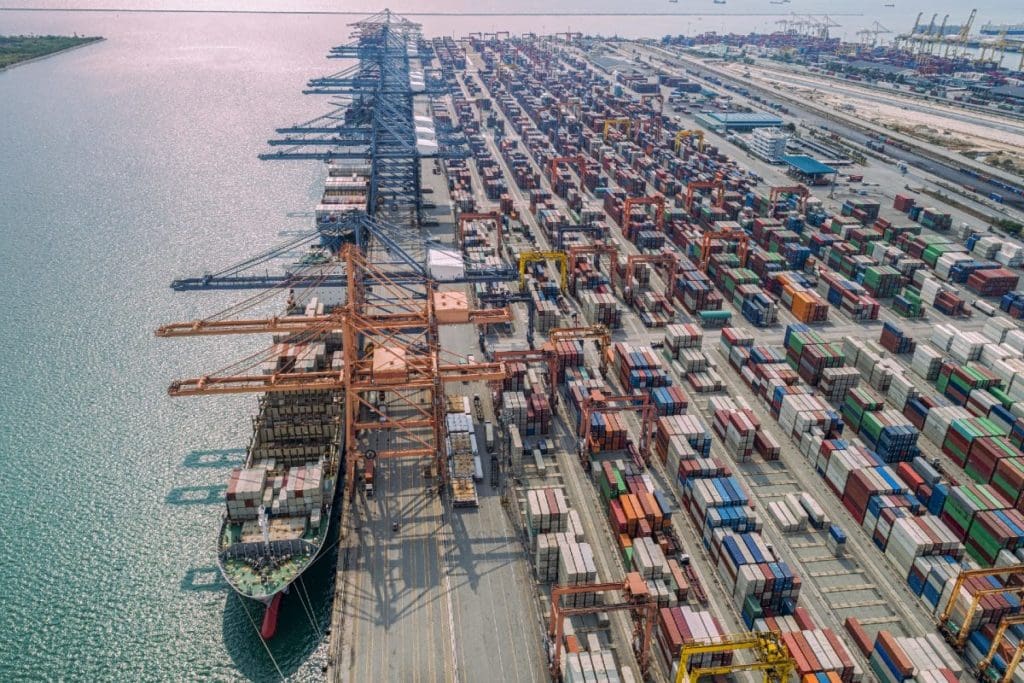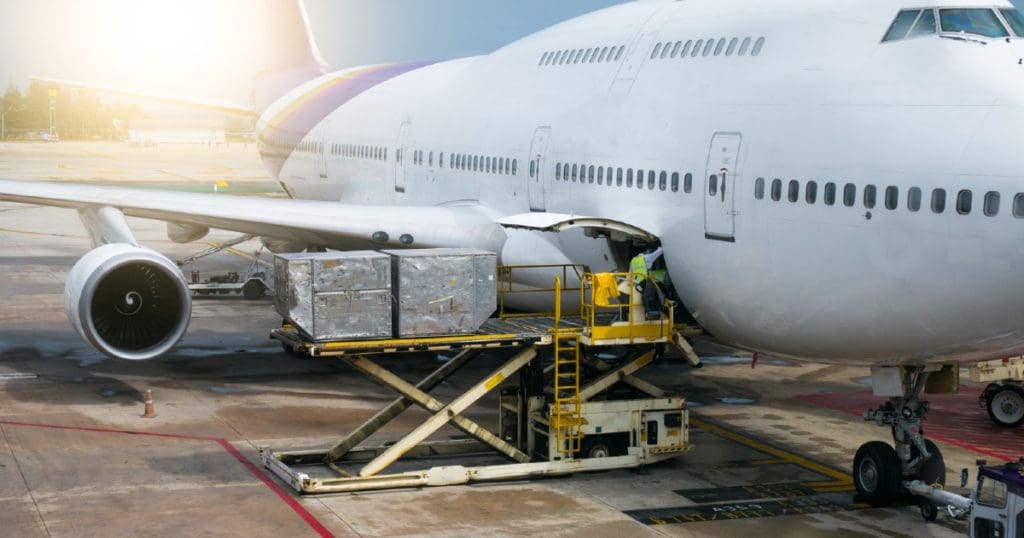Why Has Global Shipping Become So Chaotic and Expensive?

If you’re a wholesaler, you know first-hand that shipping prices have gone through the roof since covid hit.
If anything, the situation is getting worse, not better. It’s not just the price that’s problematic. There are long delays, fewer ships sailing to Australia and New Zealand and our ports are chocked with empty containers while there’s often a shortage of containers where they’re needed.
What exactly is going on?
We were recently sent an excellent article first published in newsroom.co.nz that gives some great insights. The full article is quite long, but here are some of the key points.
With so many people stuck at home, not being able to spend on travel, entertainment and so many other services, they’re buying more ‘home maker’ goods, and of course bicycles, instead.
Therefore, demand for imports has risen. Meanwhile, ports have been disrupted through covid lockdowns when workers test positive and other problems. One expert estimates 350 ports worldwide are currently experiencing delays.
The major shipping companies are cherry picking which ports they’re visiting. Why travel to relatively small ports in Australia and New Zealand when they can make more money shipping from Asia into the larger ports of Europe or the USA?
Take AP Moller-Maersk A/S, the world’s biggest container shipping line. At the beginning of 2021, analysts were forecasting full year operating profits of around $US4.5 billion (A$6.25 billion), according to a report from Bloomberg.
A few months later and the Danish shipping giant is now predicted to make around $US14.5 billion (A$19.9 billion) profit this year, Bloomberg says.
Meanwhile Germany’s Hapag-Lloyd AG has earned more in the past six months than in the previous 10 years combined.
“If freight rates keep rising, the container lines could collectively make $100 billion in operating income in 2021,” the article says, quoting Drewry Maritime Research. “For context, that’s more than 15 times the profits they generated in 2019.”
We’ve heard reports from multiple Australian wholesalers of their shipping rates per container already increasing by 300% to 400% compared to pre-pandemic levels. Broadly speaking a 40 foot container that used to cost US$2,000 (A$2,740) in the pre-covid era to ship, has recently been costing around US$6,000 (A$8,200) to ship.
But at the moment it’s getting even worse. Wholesalers have been quoted prices from around US$10,000 (A$13,700) to US$17,000 (A$23,300) for a 40 footer. At the same time, local port charges, particularly in Sydney in Melbourne, have also increased, for seemingly no valid reason other than, like the shipping companies, opportunistic pricing in a time of high demand and short supply.
“Sea freight companies hold an effective monopoly and they’re taking maximum advantage of it at the moment.”
Implications for the Australian bicycle industry
One Australian bicycle wholesaler told us that their shipping cost per bike from Asia had increased from $18 in 2020 to $58 in 2021. For e-bikes, which take up more space and require placarded DG (Dangerous Goods) containers, the cost had increased from $25 to $110 per bike.
On an expensive bike, these increases are significant, but still a relatively small percentage of the bike’s value. But on kids and low end adult bikes, freight at $58 per bike represents a huge proportion of the landed value of that bike.
Even at these high prices, some Australian bicycle wholesalers have experienced difficulty obtaining empty containers at their port of departure, at any price. With prices so high and sailings so short, empty containers have been piling up in our ports, waiting to be shipped back to Asia. It will take months to restore the usual balance, even after prices drop and sailings return to a more usual schedule.
Then there’s the issue of time delays. Sailings used to typically take two weeks. Now it’s more like six weeks, due to delays at both the departure and arrival ports, last minute re-routings and so on.

For very expensive bikes and very high value per unit of weight and volume P&A, there is a higher cost and logistically tricky ‘Plan B’. That is to ship at least some of the goods to Australia via air freight. Most air freight usually arrives, not on specialist freight planes, but in the cargo holds of passenger planes where most of the money is made upstairs, and a bit of cream from the space below in the cargo hold that’s not required for luggage.
During covid, there have been far fewer international flights coming into Australia each day. Despite this, wholesalers say that air-freight rates have stayed relatively constant compared to sea freight. But at about $250 per bike, air freight is only viable for the most expensive bikes.
It’s also not legal to ship e-bikes on flights containing passengers, due to their batteries being above the maximum capacity allowed on passenger flights. In addition, bike manufacturing factories don’t like splitting production into multiple shipping methods.
In summary, the sea freight companies hold an effective monopoly and they’re taking maximum advantage of it at the moment. No one knows for sure when prices will ease, but some are hoping that after the Chinese ‘Golden Week’ annual holiday from 1st-7th October and the rush of shipping pre-Christmas is over, then things will start to ease.
Join the Conversation:
How can we think outside the square when it comes to the future and alternative freight solutions?
